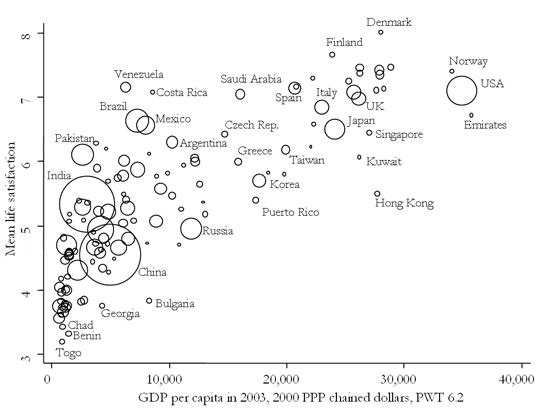Krugman argues for massive fiscal intervention in the form of 'make work' programs. Here is the relevant part where Krugman responds to critics saying that market knows better:
That is, if the private sector wouldn’t have created a job on its own, that job shouldn’t have been created — whereas the real choice is between having workers doing something and being uselessly, destructively unemployed.There are two problems with Krugman's logic. First, it isn't really Keynesian. Second, Keynes may have actually been wrong, too.
Let me address the second point first, because it is much more important. The key question is, why do we think it is more productive to put people to work doing something, rather than be unemployed? This may seem counter intuitive, but think about it this way. By asking government to step in and create projects just to get people employed, we are effectively moving to central planning as opposed to profit-motivated resource deployment. As so many governments throughout the history have demonstrated, central planning has a disturbing tendency to get things spectacularly wrong. So if you let government decide what to do, you run a big risk of wasting not only human resources, but also a lot of natural, financial and social resources. Whereas unemployed people represent only a temporary loss of human resource.
Remember that the main argument against central planning is not that it's bad itself (when the right decision are made by decision makers, central planning is actually very very effective) but because when it does direct things in wrong direction, the failures are monumental and absolutely disastrous for the society involved. So the argument for market-based decision making is that while it may not be perfectly efficient, at least it avoids the biggest screw-ups.
What Keynes was arguing is that sometimes companies are unable to deploy X amount of resources to produce Y amount of value because Y is underpriced in the market due to liquidity concerns. In other words, that is unprofitable because Y < X due to liquidity concerns only. If liquidity adjustment is Z, and we assume that X < Y + Z, then theoretically government should step in and stimulate the economy, since government can be less worried about liquidity. While there is certainly truth in this, I still wouldn't immediately say it's a good idea to actually try this in practice. This essentially means that your government should be smart enough to figure out what the actual value of X and Z are, and then deploy resources correctly. That is very tricky thing in practice. Market may be saying that Z is large (large liquidity preference) or it may simply be saying that X is unreasonable (workers want salaries they cannot get) and government probably would never tell one from another. Free market eventually would. So while Keynes had the right ideas, falling back on central planning is not the answer.
I would also argue that our current financial crisis is, in fact, the result of central planners deciding that it's a good idea to force debt on people and companies by endlessly 'stimulating' them with cheap credit. Which brings me to my first point, that Krugman's solution is not exactly Keynesian either. Keynes (I think) argued that when times are good you should run a surplus so that when times are bad you could use it (and maybe some more) on stimulus. United States has only had surplus for 4 years out of the last 40. In fact, the last half century represented non-stop stimulation of USA economy, and the mandate has been used up. The fact that economy is contracting nonetheless shows that stimulation no longer works, and should not be tried. Instead, focus should be on brining transparency into the markets and preserving the trust into the rule of law and value of currency.





